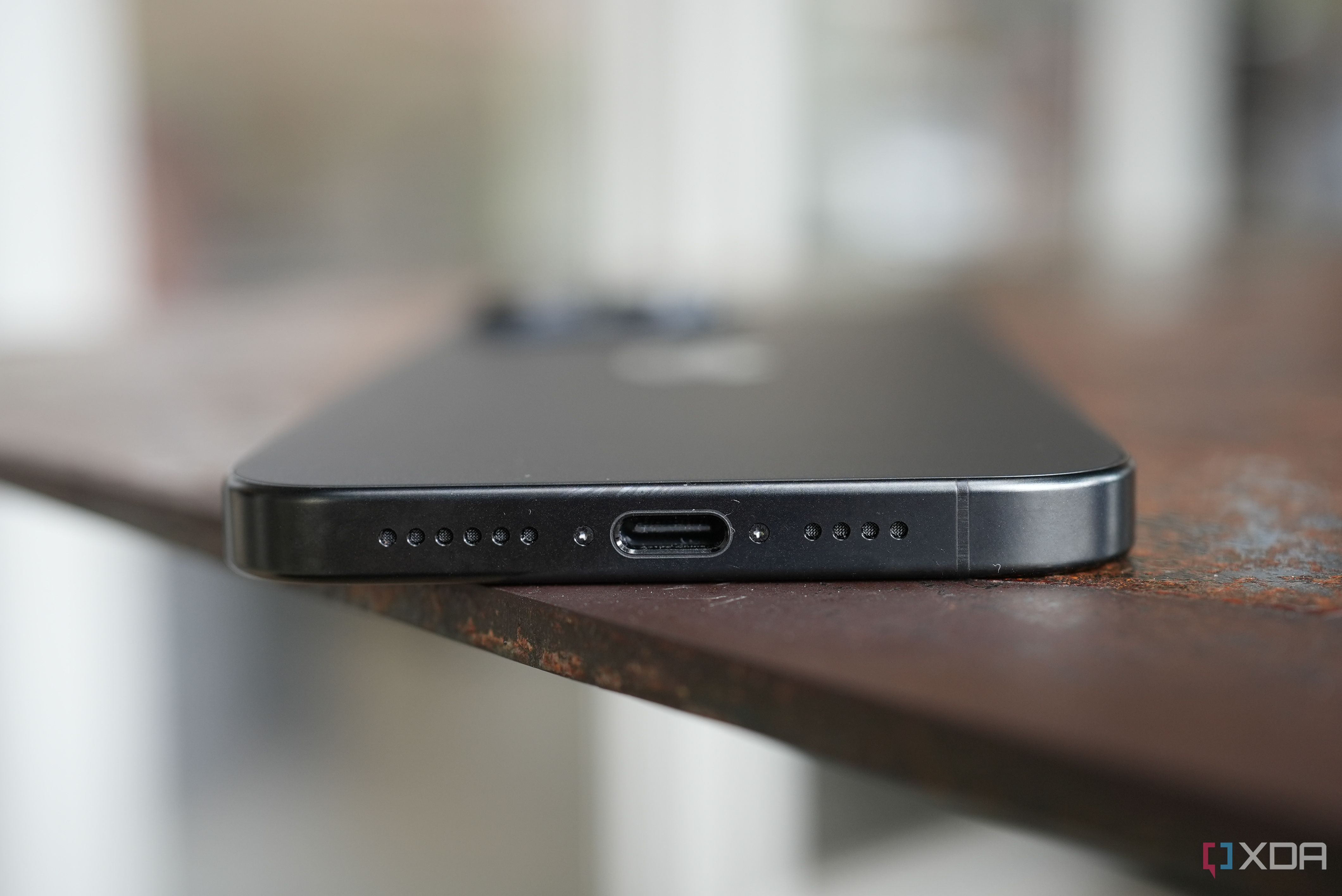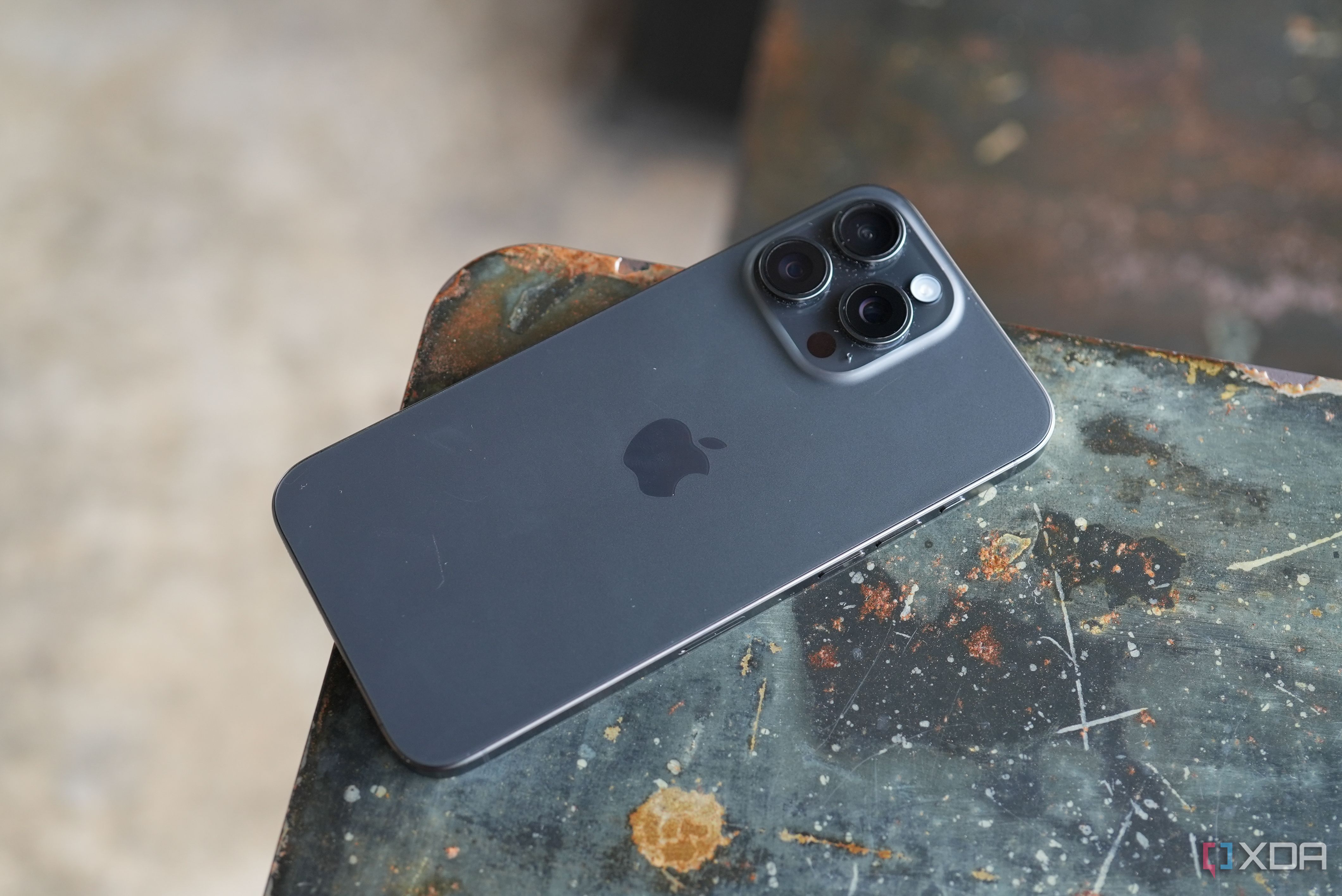If your iPhone's battery life has been subpar, then it could be due to its degradation. You could check its health to find out what's behind the battery drain. There, you can confirm its maximum capacity and determine whether the iPhone's performance has been nerfed to accommodate the worn-out battery. To check your iPhone's battery health on iOS 17 and earlier OS versions, follow the steps listed in this guide.
What's battery degradation?
Rechargeable lithium-ion batteries are consumables with limited lifespans and a set number of full recharging cycles. When a battery degrades, a full charge won't last you as long as that on a new battery. After you cross that threshold, the battery will need replacement. Otherwise, your iPhone might become slower, shut down unexpectedly, and not last long enough on a single charge. Typically, it takes around 500 charging cycles, which amounts to around 2–3 years, to drop an iPhone battery's maximum capacity to 80%.
How to check your iPhone's battery health
To check your battery's maximum capacity, follow these steps:
- Launch the Settings app on your iPhone.
- Scroll down and click on Battery.
-
Click on Battery Health & Charging. There you will find:
- Maximum Capacity reflects the highest charge your battery can hold now when compared to its new state. So, for example, if your maximum capacity is 75%, that indicates that a full charge now will last you as long as a new battery charged to 75% would. So, if the new battery would last you for 8 hours, a battery with 75% capacity will last you for around 6 hours.
- Peak Performance Capability indicates whether your iPhone is being slowed down to avoid an unexpected shutdown. When the battery is degraded, iOS limits your iPhone's processing power. If this screen mentions that on your device, you can bypass that and restore the original iPhone speed. However, your iPhone's battery won't last as long and might shut down at unexpected times.
-
Optimized Battery Charging in Charging Optimization learns from your charging habits and adapts accordingly. If you charge your iPhone every night and unplug it at 6 a.m., for example, the iPhone won't fully charge your battery until 6 a.m. or so. That's because keeping your iPhone on the charger while its battery is full contributes to its degradation. You can alternatively opt for the 80% Limit so your iPhone never charges beyond that.
iOS will tell you when you should replace your battery by displaying a message in the Battery section. It will also indicate whether the replacement is an original battery or not.
How to check your iPhone battery's charging cycle count
2023's iPhones, including the iPhone 15 Pro Max, allow you to view the battery's charging cycle count. This number reflects how often the battery was charged, which is the equivalent of 0% to 100%. Furthermore, this page displays the manufacturing date of the battery and when it was used for the first time. This and the maximum capacity mentioned earlier can help you indicate how worn out the battery is. To check it out:
- Launch the Settings app on your compatible iPhone.
- Go to General, then About.
-
Scroll to the very bottom. There, you find a Battery section that states the information above.
The bottom line: You can be patient, replace the battery, or buy a new phone
If you're not satisfied with your iPhone's battery life and its maximum capacity has dropped significantly, you can always get the battery replaced, even if iOS hasn't notified you yet. And if you haven't upgraded your phone in a fair few years, you can check out our recommendations on the best iPhone to buy across budgets and jump to a new phone with better battery life. Otherwise, some people don't mind being patient and charging their devices multiple times a day to avoid added costs. The choice is yours!


